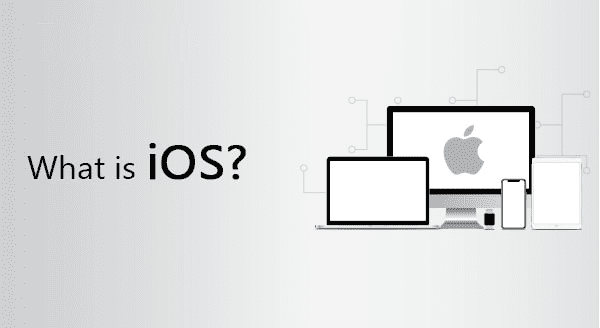IOS is a proprietary mobile operating system developed by Apple Inc. for its hardware devices like the iPhone, iPad and iPod Touch.
What is ISO?
IOS is known for its user-friendly interface, stability, and security features. It is built on a UNIX-based foundation and uses graphics and animation heavily to create a visually appealing interface. It supports various popular apps through the Apple App Store and integrates well with other Apple products such as Macs, Apple Watch, and Apple TV. IOS also provides features like Siri, a virtual assistant, and iMessage, a proprietary instant messaging service.
IOS has a closed ecosystem and tightly controlled app development process, which helps maintain the system’s stability and security. It supports multi-touch gestures, such as tapping, swiping, and pinch-to-zoom, and includes pre-installed apps for tasks such as email, web browsing, maps, and more.
IOS receives regular updates to add new features and fix security vulnerabilities. The latest version of IOS, at the time of this knowledge cutoff, is IOS 14, which was released in 2020. It introduced new features such as a redesigned home screen, enhanced privacy controls, and a new App Library.
Overall, IOS is considered a premium mobile operating system, and is favored by many users for its sleek design and user-friendly features.
Introduction to IOS
Brief introduction about IOS has been given in the table below, candidates must refer to this information:
| Feature | Description | Initial Release Date |
|---|---|---|
| Operating System | Proprietary mobile OS developed by Apple | 2007 |
| User Interface | User-friendly, visually appealing interface | 2007 |
| App Store | Supports various popular apps | 2008 |
| Integration | Integrates well with other Apple products | Various dates |
| Security | Known for its stability and security features | 2007 |
| Virtual Assistant | Siri | 2011 |
| Instant Messaging | iMessage | 2011 |
| Multi-touch Gestures | Tapping, swiping, pinch-to-zoom, etc. | 2007 |
| Pre-installed Apps | Email, web browsing, maps, etc. | 2007 |
| Updates | Regular updates to add new features and fix security vulnerabilities | Various dates |
| Design | Sleek design favored by many users | 2007 |
